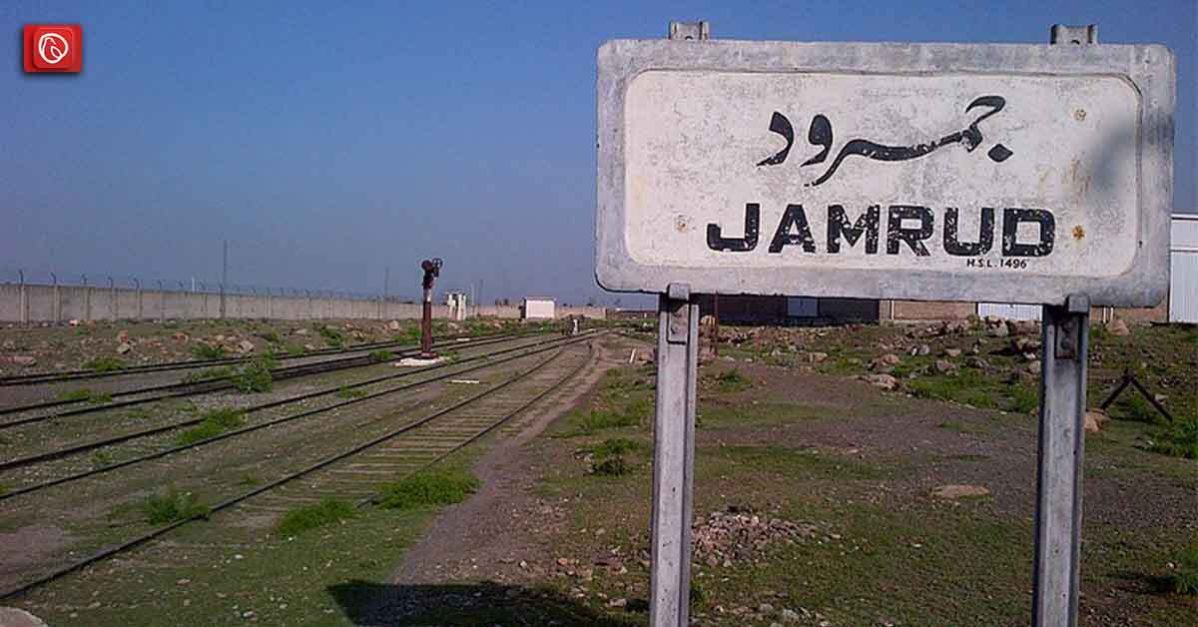Located in the Valley of Peshawar, on the western periphery of the city, Jamrud acts as the entrance to the Khyber Pass, positioned just to the west of the town. Approximately 17 kilometers west of Peshawar City, this cherished town is Jamrud. It’s an exemplary place where history echoes, and the spirits of its people stand resilient against the battles of the time. People often forget that this is not just a town surrounded by some of the most iconic landmarks but is one of them. With its fascinating past that boasts a rich heritage, this small town has left an indelible mark on the region.
In this blog, Graan.com will take you on a journey through time to explore the Jamrud— a living testament to a bygone era and a community that has weathered the storms of time.
An Overview of Jamrud
Amid the splendours of Khyber Pakhtunkhwa, Jamrud was mapped by the Sikhs in 1823. Today, it stands right beside the iconic Baba-i-khyber and at the entrance to the renowned Khyber Pass. As an ancient town, it has much more in store than it appears. But before we get into those details, let’s look into some of the essential statistics of this gem.
| Jamrud, Khyber Pakhtunkhwa | |
| Location | Khyber District KP, Pakistan |
| Elevation | 1,512 feet (461m) Above Sea level |
| Population | 63, 843 |
| Historical Events | Battle of Jamrud (1837) |
| Iconic Structure | Jamrud Fort |
| Current Significant building | Headquarters of the Frontier Corps, Pakistan Army |
| Jamrud Postal Code | 24730 |
| Jamrud Postcode Type | Delivery Jamrud Post Office |
| Jamrud Post Office Type | Main GPO |
| Post Office Address | General Post Office Peshawar Cantonment, Peshawar, Khyber Pakhtunkhwa |
| City Code | PEW |
The City has gone through the ebb and flow of empires, notably during the Battle of Jamrud in 1837. This town, with its roots extending to the Sikh Empire. The valiant General Hari Singh Nalwa has witnessed history, with the iconic Jamrud Fort standing tall as a silent guardian.
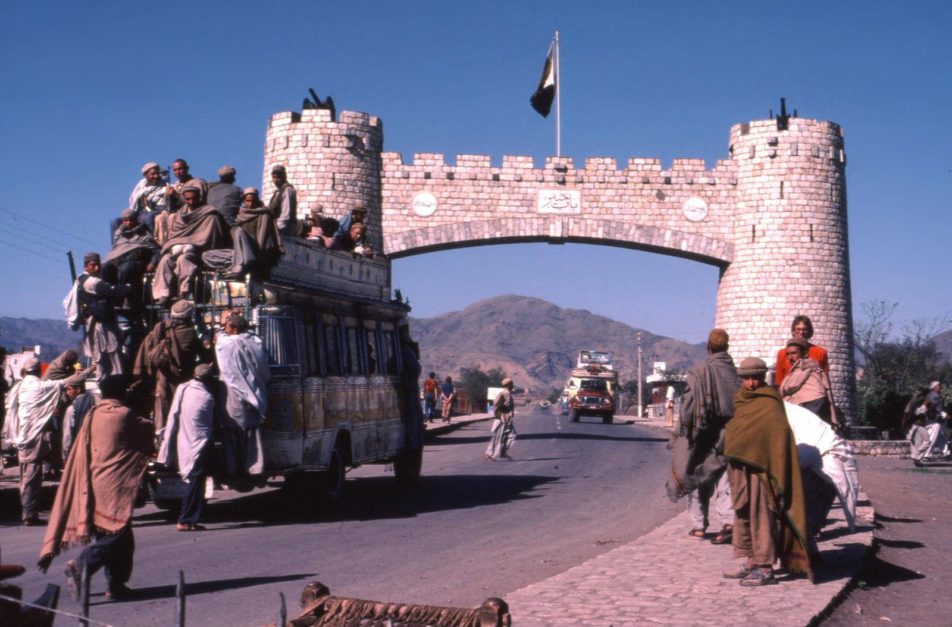
Looking at the town now, “Resistance” is the word that comes to mind. It encapsulates the very essence of this town. It’s a place where time may have left its mark, but the indomitable spirit of this city remains unbroken. Despite neglect and challenges, this town continues to defy the odds, embodying a resistance that transcends generations.
Historical Resilience of Jamrud
Let’s brush the layers of dust off of this historical diamond together.
The Jamrud of Sikhs (1823)
In 1823, the Sikhs carved their mark on the historical canvas by establishing one of the best-known historical places in Peshawar, the Jamrud Fort. Positioned around 18 km east of Peshawar, this architectural marvel served as a sentinel, symbolising the western extent of the Sikh Empire. Its strategic creation reflected the Sikhs’ desire to assert dominance and secure their territorial boundaries.
Battle of Jamrud (1837)
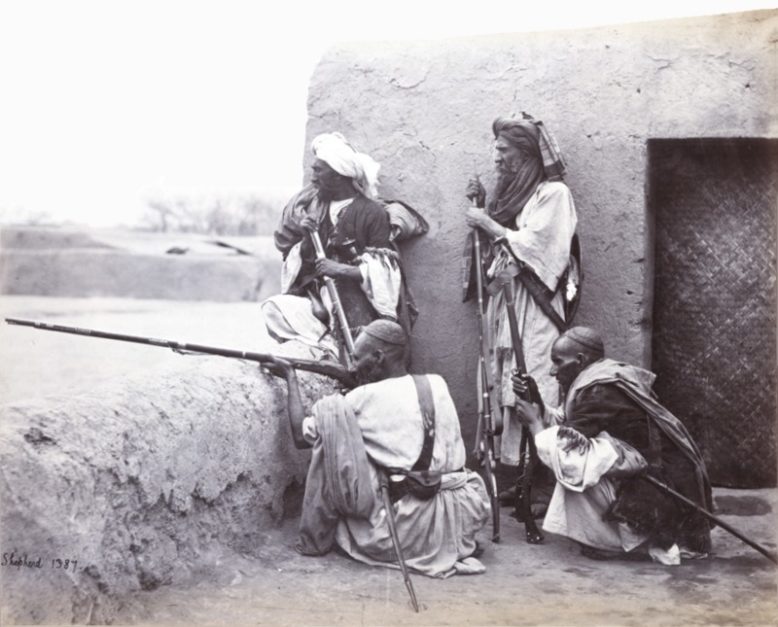
The pivotal Battle of Jamrud in 1837 echoed through the records of history, leaving an indelible mark on the town. The clash between the Sikhs and Afghans during this fateful event had profound consequences, shaping the destiny of Jamrud. In this battleground, Sikh General Hari Singh Nalwa, a prominent military figure, would leave a lasting legacy.
Jamrud as a Gateway to the Khyber Pass
Now one of the most historical places in Pakistan, Jamrud’s significance extended beyond its physical boundaries. Positioned as the gateway to the Khyber Pass, the town held a strategic key to the intricate network of trade routes between Central Asia and South Asia. The control of Jamrud meant control over the passage through the Khyber Pass, making it a coveted and vital location in the historical landscape.
The legacy of Sikh General Hari Singh Nalwa
At the heart of Jamrud’s historical resilience is the legacy of Sikh General Hari Singh Nalwa. Serving as the commander-in-chief of the Sikh Khalsa Army, Nalwa played a pivotal role in the expansion of the Sikh Empire.
His vision led to the construction of Jamrud Fort, a testament to his strategic foresight. Nalwa’s influence extended beyond military conquests; when he died, Jamrud stood as the empire’s western frontier, a testament to his enduring legacy.
Architectural Heritage of Jamrud Fort
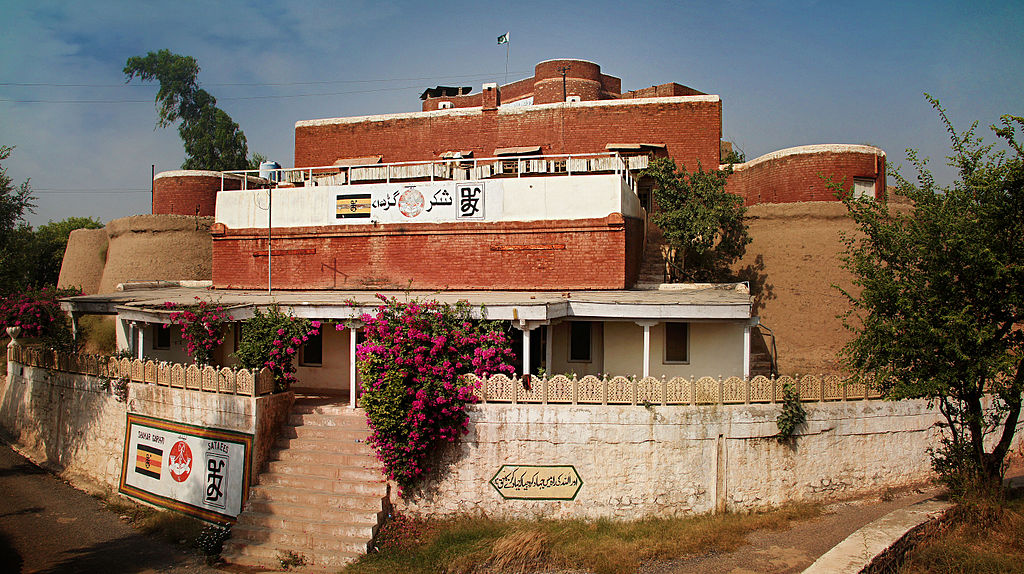
Cultural diversity is one of the many reasons why the architectural heritage of Pakistan is unique. Witnessing many civilizations rise and fall, Khyber Pakhtunkhwa has a significant gem in store for curious explorers like yourself. So, let’s dig a little deeper into Jamrud Fort and learn how the fort influences the inhabitants of Jamrud today.
Construction and Architectural Significance
Jamrud Fort, a testament to the craftsmanship of its time, was constructed in 1823 under the visionary leadership of Sikh General Hari Singh Nalwa. The fort’s construction lasted an impressive 54-day period, showcasing efficiency and strategic urgency.
Its architectural significance lies in its historical role and the meticulous design that has withstood the test of time. Jamrud Fort, strategically positioned on a high mound, served as a watch tower in the surrounding areas of Khyber, Mohmand, and Bara. Its imposing structure and unique blend of architectural elements reflect the cultural and military considerations that shaped its creation.
Defensive Design and Strategic Positioning
The defensive design of Jamrud Fort is a marvel in military architecture. The six yards long and twelve yards high walls presented an imposing barrier, providing a formidable line of defence. Completely with mounted cannons, watchtowers adorned the fort, strategically placed to maintain a vigilant watch over potential attackers from outside.
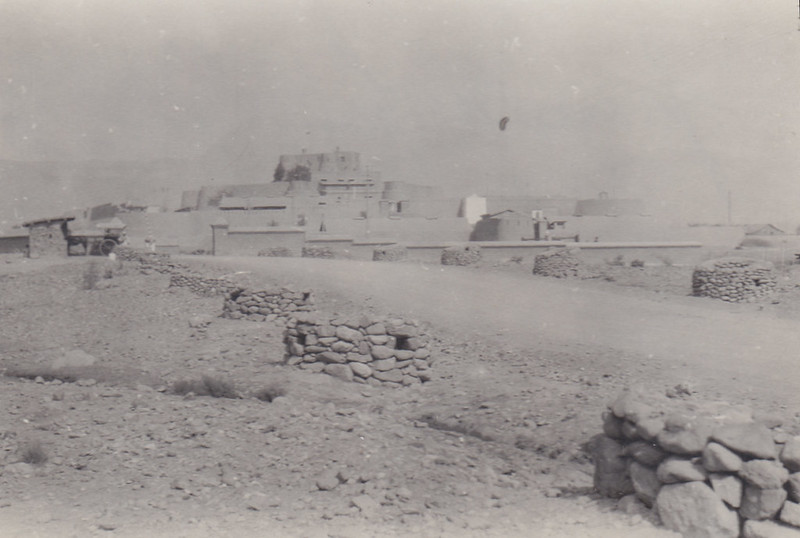
Methodically positioned, the fort’s vantage point allowed for effective defence and enabled surveillance of the crucial trade routes and territories surrounding the Khyber Pass. This defensive design showcased military prowess and highlighted the importance of Jamrud as a key stronghold in the region.
Nalwa’s influence on the Jamrud fort’s architecture reflected military strategy and a keen understanding of the geopolitical landscape. The stout walls of this fort were not only an architectural brilliance but the reflection of the people who resided within this city.
Jamrud Fort vs The Other Forts in the Region
In the rich historical forts in the region, Jamrud Fort stands as a distinguished example of military architecture. Its construction and defensive features invite comparison with other forts, such as Qila Balahisar in Peshawar.
The shared characteristics, including robust walls and strategic placement, highlight the historical and architectural influence in the region. As a guardian of the Khyber Pass, Jamrud Fort’s unique features contribute to its distinctiveness among historical forts.
Jamrud Today
In the current state, Jamrud finds itself on a trajectory of gradual development. Unfortunately, the town experiences a notable degree of neglect from authorities, hindering its advancement. Compared to the other cities of Pakistan, the city of defense falls short.
This reveals a visible gap in the allocation of resources and attention. While it would be inaccurate to describe Jamrud as entirely neglected, the existing level of development leaves ample room for improvement.
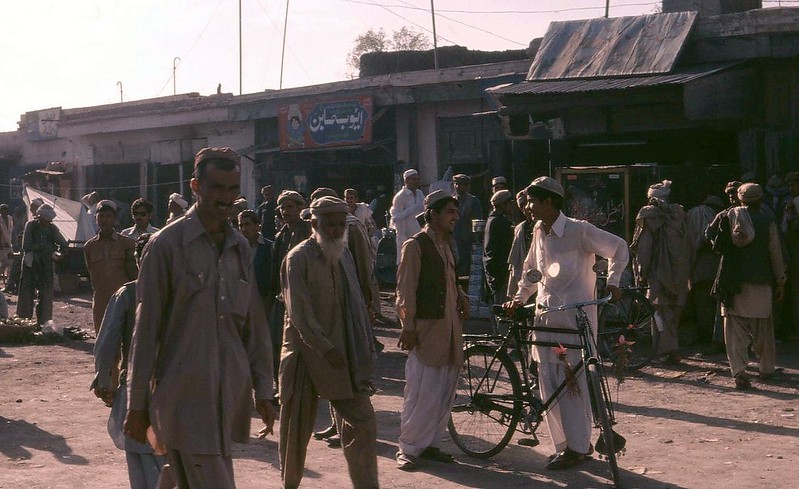
Despite its strategic location and untapped potential, the town’s growth is hindered by the lack of substantial support from relevant authorities. This is particularly evident in sectors like healthcare and education, where the current infrastructure, although present, reflects the need for modernization and expanded capabilities.
However, it’s not all bad news. The town has witnessed certain developmental initiatives, and the community’s resilience has played a pivotal role in sustaining essential services and economic activities. Despite the existing challenges, an underlying sense of untapped potential could significantly elevate Jamrud’s status within the regional landscape.
In essence, Jamrud stands at a crossroads where its slow but discernible development calls for a concerted effort from authorities. With strategic investments and attention, the town has the potential to blossom into a thriving hub.
The Ongoing Projects in Jamrud City
Jamrud is like a treasure chest with lots of history and possibilities to explore. Right now, many projects are happening to make Jamrud even better. These initiatives are taken by various community and government bodies, showing a collective effort to improve and address the key infrastructural concerns.
Rehabilitation of Basic Health Unit
One noteworthy project under the Pakistan Community Support Project (PCSP) umbrella is the renovation and rehabilitation of the Basic Health Unit (BHU) in Jamrud. This crucial healthcare facility, serving as a lifeline for residents, is undergoing a transformation.
The renovation includes improvements in infrastructure, ensuring a more conducive environment for medical services. Solarization and water provisions are also underway to enhance the facility’s functionality.
Education Institutions’ Revitalization
As part of the broader developmental strategy, educational institutions in this amazing town are also in focus. The Pakistan Community Support Project aims to allocate funds for the rehabilitation of eight government primary schools and eight basic health facilities. This approach reflects an understanding of the symbiotic relationship between education and healthcare in fostering community well-being.
Community-Driven Beautification Projects
Another project that stands out is the development of a green belt along the railway line on Jamrud Road from Phase-V Entry Hayatabad to the administrative boundary near Karkhano Market.
While work on this project has encountered obstacles, the vision behind it is clear – to transform spaces into vibrant, aesthetically pleasing areas that contribute to the overall well-being of the community.
These ongoing projects collectively underline the town’s proactive stance towards development. The infusion of funds and efforts into healthcare, education, and infrastructure signifies a commitment to enhancing the quality of life for Jamrud’s residents.
Areas that Need Special Care
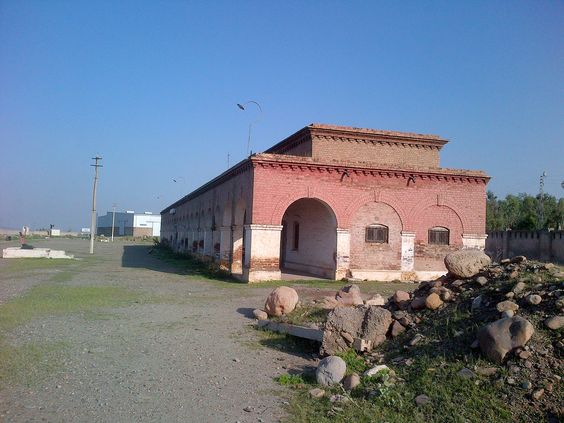
While the city showcases pockets of development and ongoing projects, there are specific areas that demand special attention. One such treasure awaiting revival is the historic Jamrud Railway. This emblematic site holds profound historical significance, narrating tales of a bygone era when railways were the lifelines of towns.
Jamrud Railway
The Jamrud Railway, established during a time when locomotives traversed its tracks, symbolises the town’s pivotal role as a transportation hub. Its historical relevance lies not just in its tracks but in the stories it carries—of trade, connectivity, and the evolution of this town. The echoes of whistles and the clattering of wheels once resonated through its platforms, painting a vivid picture of the town’s past.
Current Neglect and Its Implications
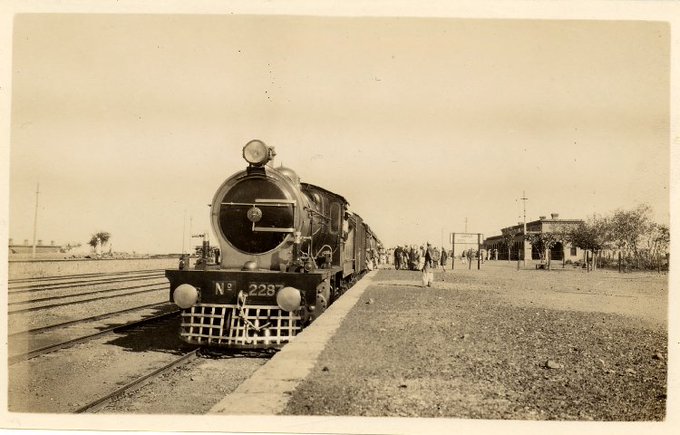
Unfortunately, the present state of the Jamrud Railway stands in stark contrast to its illustrious history. Neglected by authorities, the railway now wears a shroud of abandonment, with its structures weathered by time and neglect. This neglect not only erodes the physical integrity of the site but also diminishes the town’s potential to leverage its historical assets for cultural and economic enrichment.
Call for Restoration and Preservation
Preserving the Jamrud Railway is more than just a nostalgic endeavour; it’s a vital component of conserving the town’s identity. The site has the potential to become a cultural and heritage hub, attracting tourists and history enthusiasts alike. Restoration efforts should focus not just on the physical infrastructure but also on creating narratives that bring the history of the railway to life.
The Economic Potential
Revitalising the Jamrud Railway isn’t merely an exercise in historical preservation; it’s an investment in the town’s economic future. Heritage tourism has proven to be a robust economic driver in many regions globally. By showcasing the historical significance of the railway, the city can open avenues for cultural tourism, create job opportunities, and foster local businesses.
Community Involvement and Advocacy
Community involvement is paramount to ensure the successful resurrection of the Jamrud Railway. Advocacy groups, historians, and local residents can play a pivotal role in raising awareness about the historical value of the site. Collaborative efforts with governmental and non-governmental bodies can be instrumental in securing funding for restoration projects.
Jamrud’s Tourism Potential
With its historical charm and untapped natural beauty, this city holds immense potential to become a tourism hotspot. Harnessing this potential isn’t just an opportunity for economic growth but a responsibility to safeguard the town’s unique identity.
The Importance of Preservation
Preserving the historical and cultural assets of Jamrud isn’t just about maintaining the town’s character; it’s a strategic move to attract tourists. Travellers are increasingly drawn to destinations with a rich narrative, and Jamrud, with its historical landmarks and cultural vibrancy, fits the bill perfectly.
Steps Towards Improvement
- Heritage Restoration: Investing in the restoration of historical sites, such as the Jamrud Railway, can create focal points for tourists. This not only enhances the town’s appeal but also contributes to a sense of pride among locals.
- Community Engagement: Involving the local community in tourism initiatives ensures authenticity and cultural exchange. Community-led tours, workshops, and events can showcase the genuine warmth of Jamrud’s residents.
- Infrastructure Development: Modernising infrastructure, including roads, accommodation, and recreational facilities, is essential. Tourists seek comfort and convenience, and upgrading these aspects can significantly enhance their experience.
- Promotion and Marketing: Establishing an effective marketing strategy is key. Utilising digital platforms such as social media and collaborating with travel influencers can create a buzz around Jamrud, putting it on the tourism map.
- Educational Tourism: Leveraging educational tourism by collaborating with schools and universities can attract students and scholars interested in the history and culture of the region. This can lead to cultural exchange programs and research initiatives.
Conclusion
As a historically significant city, Jamrud has a lot of potential to regain its prior importance. With proper care and focus of authorities, this is an easy job. The potential for tourism in this city is a diamond in the rough, waiting to be polished.
By preserving its heritage, engaging the community, and investing in necessary infrastructure, Jamrud can emerge as a destination that not only attracts tourists but also fosters sustainable economic growth. This journey towards tourism excellence isn’t just about showcasing a hidden town to the world; it’s about ensuring a vibrant and prosperous future for the town and its residents.
Frequently Asked Questions
Looking for a more accurate answer? Here you go!
What is Jamrud Famous For?
Jamrud is renowned for its historical significance and the iconic Jamrud Fort, which has played a key role in various battles and events.
Who won the battle of Jamrud?
The Battle of Jamrud in 1837 was won by the forces led by the Sikh General Hari Singh Nalwa.
Who Built Jamrud Fort Peshawar?
Jamrud Fort in Peshawar was built by the Sikh Empire in the early 19th century.
Which South Asian country has the Jamrud Fort?
Jamrud Fort is located in Pakistan, a South Asian country.
Which Famous Sikh general died in the Jamrud Battle?
The renowned Sikh general Hari Singh Nalwa lost his life in the Battle of Jamrud.
What is the distance from Peshawar to Jamrud?
The distance from Peshawar to Jamrud is approximately 14 km.
What does Jamrud mean?
The origin of the word “Jamrud” is not precisely defined, but it is often associated with historical and cultural significance.
Where is Jamrud Fort located?
Jamrud Fort is situated in the Khyber District of Khyber Pakhtunkhwa, Pakistan.
What is the history behind Jamrud Fort?
Jamrud Fort has a rich history, serving as a strategic stronghold in various historical events, battles, and conflicts, notably during the Sikh and British periods.
To learn more about similar places, visit Graana blog now.
